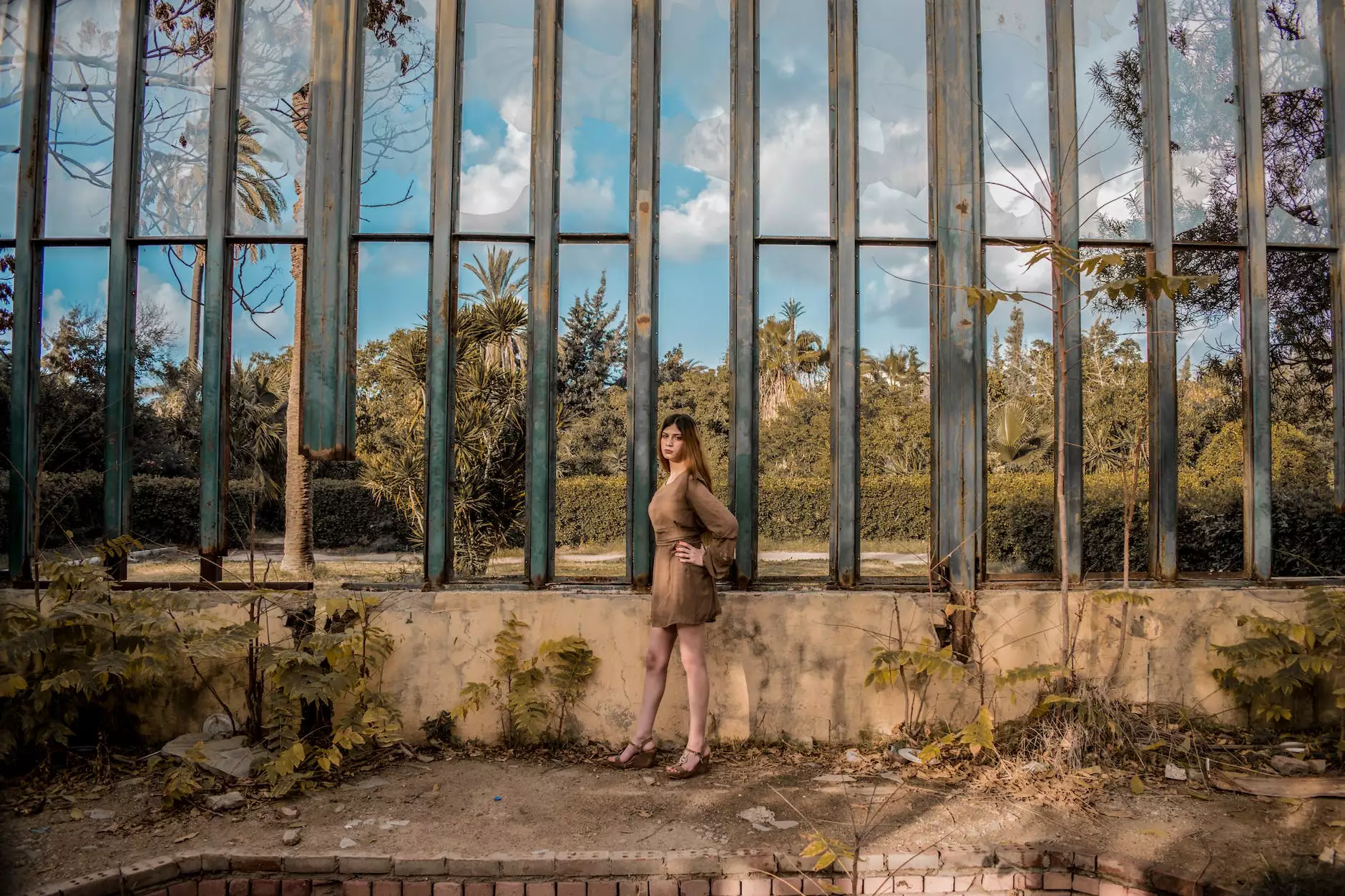The Art and Impact of a Light Installation Artist

In the realm of contemporary arts, the role of a light installation artist has emerged as a significant and transformative force. These creators blend technology and artistic vision to craft immersive experiences that captivate audiences. From galleries to public spaces, their works not only enhance environments but also provoke thought and inspire dialogue. This article delves into the multifaceted world of light installation artists, their techniques, notable works, and the cultural impact they have on society.
Understanding Light Installation Art
At its core, light installation art is an innovative genre that uses artificial light as the primary medium. By manipulating light in various forms—bulbs, LEDs, projections, and natural phenomena—these artists create dynamic, often site-specific installations that invite viewers to engage deeply with their surroundings. This art form transcends traditional definitions, merging elements of sculpture, architecture, and performance art into a cohesive experience.
The Evolution of Light as a Medium
The use of light in art is not a recent phenomenon; however, its application as a primary medium for installations has evolved significantly over the past few decades. Early pioneers, such as Dan Flavin in the 1960s, began using fluorescent tubes to explore the interplay between light and space. Today, light installation artists leverage advancements in technology to push artistic boundaries further.
Techniques Employed by Light Installation Artists
Light installation artists employ a plethora of techniques that not only highlight their artistic intent but also engage the audience on multiple levels:
- Projection Mapping: A technique where images are projected onto three-dimensional surfaces, creating a dynamic interplay between light and form.
- LED Technology: Utilizing energy-efficient LEDs allows artists to explore vibrant colors and intricate patterns.
- Interactive Elements: Many installations incorporate sensors that react to audience movement, making the experience personal and engaging.
- Ambient Light: Some artists work with natural sources of light, manipulating it through mirrors and other reflective surfaces.
Each technique contributes to the emotional and psychological response of the audience, transforming ordinary spaces into extraordinary experiences.
Notable Light Installation Artists and Their Works
The world of light installation art is rich with talented individuals who have left a significant mark on the art scene. Here are a few key figures:
1. Grimanesa Amorós
One of the leading figures in the field, Grimanesa Amorós blends light and cultural narratives in her installations. She is renowned for her ability to intertwine personal and historical aspects of identity within her works. Her piece, “The Golden Boat,” creates a luminous connection to the past while inviting viewers to reflect on their own journeys.
2. Olafur Eliasson
Famous for installations that engage natural elements and sensory experiences, Eliasson often includes light as a core element. Works like “The Weather Project” at the Tate Modern showcased how light can alter perceptions of space and environment, creating a shared experience among viewers.
3. Jenny Holzer
Known for her provocative text-based installations, Holzer frequently utilizes LED displays to convey powerful messages. Her works challenge societal norms and encourage viewers to engage critically with the text presented in bright, captivating light.
The Cultural Impact of Light Installation Art
Light installation art extends beyond mere aesthetics; it holds significant cultural relevance. These installations often address pressing social issues, evoke emotional responses, and create communal experiences:
1. Addressing Social Issues
Many light installations serve as platforms for social commentary, tackling themes of identity, migration, and climate change. By making these issues visible, artists encourage conversations that can lead to greater awareness and action.
2. Creating Community Engagement
Public installations invite communal experiences, breaking down barriers between artist and audience. Events like light festivals allow community members to interact with art in an accessible way, fostering a sense of belonging and shared experience.
Why Invest in Light Installation Art?
Investing in the work of a light installation artist can yield numerous benefits for businesses, public spaces, and private collectors:
- Aesthetic Value: High-quality light installations add unique beauty and interest to any space.
- Increased Engagement: Interactive light installations can draw crowds, enhancing foot traffic and engagement with the space.
- Brand Identity: For businesses, associating with contemporary artists can help position the brand as innovative and culturally aware.
- Cultural Legacy: Supporting these artists contributes to a broader cultural dialogue and promotes the arts within the community.
The Future of Light Installation Art
The future of light installation art appears bright as technology continues to evolve. Artists are increasingly using augmented reality (AR) and virtual reality (VR) to further enhance the immersive experience of their installations. This evolution opens up new possibilities for storytelling and audience interaction, ensuring that light installation art remains relevant and dynamic.
Technological Advancements
As technology develops, so too do the techniques available to artists. Integrating artificial intelligence (AI) can allow for installations that respond uniquely to individual viewers, transforming the way art is experienced. The potential for greater interactivity could redefine the relationship between art and audience.
Sustainability in Art
As society becomes more conscious of environmental issues, artists are increasingly adopting sustainable practices. This includes using eco-friendly materials and energy-efficient lighting solutions. The future of light installation art will likely prioritize sustainability and ethical sourcing.
Conclusion
In summary, the role of a light installation artist is vital in contemporary art, impacting both individual and collective experiences. With their innovative approaches to light, these artists create immersive environments that provoke thought, spark dialogue, and foster community engagement. As technology continues to evolve, the potential for new artistic expressions is limitless. Embracing light installation art not only enhances spaces but also enriches the cultural landscape, ensuring that art remains a vital, transformative force in society.
Discover more about the mesmerizing work of light installation artists and explore how they can illuminate your space.









